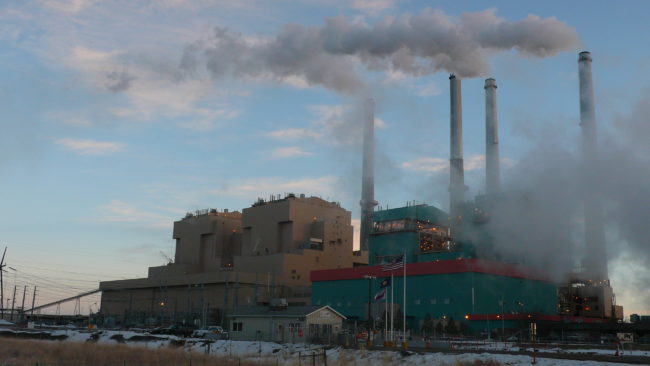
This post will be updated as additional costs are discovered.
NorthWestern Energy wants to commit ratepayers to buying more of a decrepit old coal plant for supposedly one dollar. As any discerning consumer knows, buyer beware when a proposal looks “too good to be true.” In fact, a glance under the hood of the Colstrip plant, which has seen more than three decades of operation, reveals NorthWestern customers should hide their wallets. The annual cost of Colstrip is WAY more expensive than one dollar. Perhaps that’s why NorthWestern isn’t saying what it would really cost.
Below are just some of the costs NorthWestern ratepayers (residents and businesses) would be on the hook for.
NOTE: Because NorthWestern has repeatedly insisted Colstrip will run until at least 2042, these costs would be on ratepayer’s backs for decades.
- $28.9 million per year more in operation & maintenance costs (O&M). [i]
- These O&M costs have increased 6.9% per year with no signs of stopping. [ii]
- O&M costs will rise even more when units 1 & 2 close. [iii]
- Fuel for the increased share of Colstrip is currently $20 million per year (this is part of O&M costs). A new coal contract was recently signed, and NorthWestern has said coal costs will be going up, but still hasn’t disclosed by how much. What is known is that NorthWestern’s cost of fuel at the Colstrip plant have increased 35% since 2012. [iv] Talen blamed uneconomic fuel costs increases for its decision to close Units 1 & 2 sooner than expected.
- Up to $20 million (or more) for a major fix of the boiler on unit 4. [v]
- Millions in costs when the plant breaks down. Colstrip Unit 4 has had numerous serious problems in the last decade. It broke down for 6 months in 2009 and again in 2013. In 2018 it shut down for 2.5 months when it failed to comply with the Mercury and Air Toxics standards. NorthWestern is currently trying to force ratepayers to pay an extra $7 million as a result of that violation. If NorthWestern’s customers own more of the plant, they would have to pay more to fix it when it inevitably breaks down again.
- Higher cleanup costs. DEQ estimated cleanup costs at the plant at up to $700 million. The more NorthWestern owns, and the longer the plant runs, the more ratepayers are on the hook for millions in cleanup costs.
- Increased share of property taxes.
- Increased share of government fees (i.e., annual air pollution fees).
- Climate change and carbon price. Colstrip is the largest source of greenhouse gas emissions in the western U.S. There will likely be a price on carbon emissions (or other restrictions) in the next decade. Owning more of Colstrip puts NorthWestern ratepayers at risk of paying extra for this heavily polluting power plant.
- When Public Service Commission staff requested NorthWestern analyze the cost of buying more of Colstrip in the company’s “Resource Plan” process, NorthWestern refused, saying such an analysis was “not relevant and would provide no useful information in this planning process.” [vi]
- Utilities across the country are turning to cleaner and more affordable renewable energy, energy efficiency, and battery storage at an unprecedented pace. NorthWestern is moving in the wrong direction and its customers will miss out on the benefits of cheaper and cleaner energy.
[i] Puget Sound Energy, FERC Form 1.
[ii] 19-02-12 Schlissel Testimony FINAL in NWE 2019 Rate Case, page 29
[iii] NWE SEC 10-Q
[iv] NWE FERC Form 1, 2012 and 2017
[v] Billings Gazette, 11-27-19, https://billingsgazette.com/news/state-and-regional/m-in-repairs-needed-at-colstrip-unit-regulators-say/article_78ff8074-c524-5443-bf96-ad1636e5e638.html
[vi] NWE 2019 Electricity Supply Resource Procurement Plan. August 2019, Volume I, Response to Comments. Page 11-9

